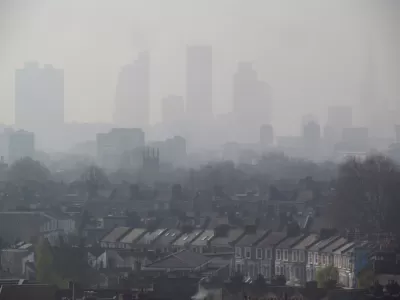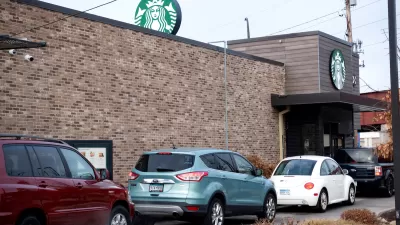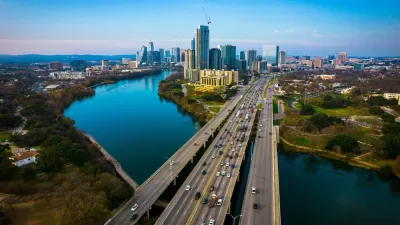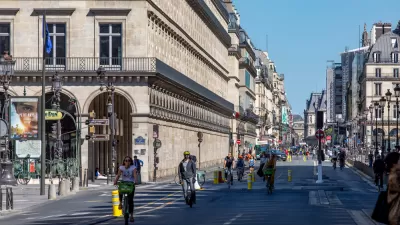The Globe and Mail editorial board points out the obvious hypocrisies of the global response to an aviation tragedy relative to the ongoing tragedies that occur every day as a result of the world's reliance on automobiles.

If you're afraid of flying, you've probably reassured yourself on several occasions that the drive to the airport was far more dangerous than the flight. But, still:
There’s something particularly horrifying about a plane crash. The sudden death of a large number of helpless people, travelling by what is normally the world’s safest mode of commercial transport, inspires more public empathy and recrimination than your average tragedy.
The editorial board of the Globe and Mail makes it clear that the response to the crash of an Ethiopia Airlines flight earlier this month was warranted, but uses that acknowledgement to build toward a larger point. "If only our calculus was always so clear," according to the hinge in this polemic.
The editorial doesn't then mention with the number of people who die in automobile accidents every day to make this case. Instead, it's the 4.2 million people who die every year of air pollution who headline this editorial.
Yet even today, countries that have swung into action around airline safety are doing away with common-sense pollution rules that would save some of those lives.
U.S. President Donald Trump, for example, surprised some when he belatedly grounded the 737 Max line in the days after the Ethiopian Airlines crash, despite personal appeals from Boeing’s CEO. Well, even a broken clock is right twice a day.
The rest of the time, Mr. Trump does things like scrapping clean-energy regulations and allowing coal-fired power plants to create more smog, a sop to industry that’s expected to cause as many as 1,400 premature deaths a year by 2030. That’s about seven Max 8s.
The editorial goes on to mention pedestrian fatalities as well. "These deaths are a choice. They are not inevitable; they are a function of everything from urban planning to speed limits." In Toronto, however, the editorial has a glimpse of hope to report that maybe the city's political leadership is waking up to the horrors of the automobile.
FULL STORY: Globe editorial: Why humans ignore the slow-motion catastrophes all around them

Study: Maui’s Plan to Convert Vacation Rentals to Long-Term Housing Could Cause Nearly $1 Billion Economic Loss
The plan would reduce visitor accommodation by 25,% resulting in 1,900 jobs lost.

Placekeeping: Setting a New Precedent for City Planners
How a preservation-based approach to redevelopment and urban design can prevent displacement and honor legacy communities.

Using Old Oil and Gas Wells for Green Energy Storage
Penn State researchers have found that repurposing abandoned oil and gas wells for geothermal-assisted compressed-air energy storage can boost efficiency, reduce environmental risks, and support clean energy and job transitions.

Washington State Plans Ambitious ‘Cycle Highway’ Network
The state is directing funding to close gaps in its existing bike network and make long-distance trips more accessible.

Homeowners Blame PG&E for Delays in ADU Permits
The utility says it has dramatically reduced its backlog, but applicants say they still face months-long delays for approvals for new electrical work.

Rethinking Wildfire Defense: How a Landscape Approach Can Protect Neighborhoods
Post-fire analysis of the Eaton Fire reveals that a landscape approach — including fire-resistant vegetation, home hardening, and strategic planning — can help reduce wildfire risk, challenging assumptions that trees and plants are primary fire hazards.
Urban Design for Planners 1: Software Tools
This six-course series explores essential urban design concepts using open source software and equips planners with the tools they need to participate fully in the urban design process.
Planning for Universal Design
Learn the tools for implementing Universal Design in planning regulations.
Borough of Carlisle
Caltrans
Heyer Gruel & Associates PA
Institute for Housing and Urban Development Studies (IHS)
City of Grandview
Harvard GSD Executive Education
Salt Lake City
NYU Wagner Graduate School of Public Service
City of Cambridge, Maryland





























